Results 2,121 to 2,130 of 12089
Thread: Anandtech News
-
08-22-12, 09:30 PM #2121
Anandtech: Qualcomm Announces upcoming LG Smartphone with APQ8064 Inside
We've been talking about how the next upcoming smartphone platform from Qualcomm will be the combination of a Snapdragon S4 Pro quad core APQ8064 alongside an MDM9x15 baseband for LTE for some time now. Xiaomi was first to announce their APQ8064 based smartphone, the Mi-Two. Today, Qualcomm has reached out with some news about an upcoming LG smartphone with just that combination inside, and issued the following statement:
Qualcomm will supply the latest Snapdragon™ S4 Pro platform to LG, enabling LG’s new quad-core smartphone, which is currently in production with anticipated commercial availability in Korea in September and global rollout to follow. This smartphone will be the newest commercial and global device to offer a quad core CPU Snapdragon S4 processor along with 3G/LTE multi-mode capabilities, delivering a superior mobile experience for voice, web browsing, games, user interfaces and other graphics applications.That combination can mean only one thing - APQ8064 alongside MDM9x15, and though we don't play in the rumor space, we've seen an LG phone with those specifications pop up a few time in benchmarks and other leaks online. The race is on to see whether LG or Xiaomi will be first to ship an APQ8064 based phone, and it's looking like September will be a busy month. 

More...
-
08-22-12, 11:30 PM #2122
Anandtech: Choosing the Best 120mm Radiator Fan: Testing Eight Fans with Corsair's H8
As an enthusiast it can be difficult to just "set it and forget it," to assemble a system and decree "this is as good as it's going to get." There's an inherent need to tweak and continue to tweak, to eke every last ounce of performance (within reason) out of our systems. Over the past few years, liquid cooling has become less the province of the extreme enthusiast and more accessible to the average user thanks to closed loop coolers manufactured by Asetek and CoolIT and brought to market by companies like Thermaltake, Antec, and Corsair.
The pump and radiator are only part of the equation, though; part of what makes even a decent closed loop cooling system tick is having a good fan configuration. Reading specs on the fan boxes helps a little, and visiting forums can certainly help, too, but we wanted something a little more definitive. After a couple of weeks of testing, we have results to share.

More...
-
08-23-12, 06:30 AM #2123
Anandtech: Two New Z77 mITX Announced
Over the past couple of days, two new Z77 mini-ITX motherboards have been seen on the radar.  The first is Gigabyte's Z77N-WiFi model, to be released alongside the H77N-WiFi equivalent.
 
Gigabyte have migrated the Z77 chipset to the top of the board, as seen by the chipset heatsink and the SATA/mPCIe slot.  The power delivery is devoid of cooling - judging by the mounting on the board this is how it will ship.  Oddly enough for a mITX we get dual gigabit Ethernet, both Realtek, combined with a Realtek ALC892 audio chip.  The placement of the USB 3.0 header is a little odd being towards the rear, as well as the SATA ports.  The main criticism may come due to the socket area, where should users wish to pair this board with a beefy GPU, the CPU will be limited in air cooler size.  Looks like All-In-One coolers may be preferential here.  Estimates state that this board will cost around $140 at release.
The other mini-ITX to enter the market comes from MSI in the form of the MSI Z77IA-E53.  We snapped this motherboard back at Computex, but now it comes to full release.
 
In a similar layout to the Gigabyte, we get the Chipset up top, along with the SATA ports and USB 3.0 header.  With the MSI we get a free mSATA port and WiFi/Bluetooth at the rear.  Chipset heatsinks also make an appearance, as well as a full 8-pin CPU power connector.  Though similarly to the Gigabyte, the CPU socket is near the PCIe slot.  No word on release or pricing as of yet.
These two motherboards will join the three Z77 mini-ITX already on the market from Zotac, ASRock and ASUS.  Not to mention that EVGA will also join the mini-ITX party soon with their own board hopefully arriving next month.  Out of these six, I have two in for review and hope to get as many of the others as possible.  Would you prefer them reviewed one-by-one or all at the same time?  What are you looking for in a mini-ITX motherboard?  Let us know in the comments.
Gallery: Two New Z77 mITX Announced






More...
-
08-24-12, 04:00 PM #2124
Anandtech: Qualcomm's APQ8064 and GLBenchmark 2.5 - MDP/T Results
A month ago Qualcomm invited us to play with their latest mobile development platform, the APQ8064 based MDP/T. For those of you who have trouble following Qualcomm's naming scheme, the APQ prefix implies an SoC without integrated baseband. The 8064 corresponds to a 28nm, quad-core, Krait v2 based SoC. All of the cores can independently clock as high as 1.5GHz. Running alongside the four Krait cores is Qualcomm's Adreno 320 GPU, the first member of its next-generation graphics architecture. We went into a bit of detail on the 320 here, but architectural details on the 320 as well as clock speeds are scarce at this point.
This wasn't the first Qualcomm MDP we played with, but it was the first one we benchmarked in the form of a tablet. These platforms are built as test vehicles for Qualcomm silicon, usually acting as a showcase for what the hardware can do. Just as important however is using these MDPs to build, test and optimize Android for Qualcomm's silicon. Although we had to leave the MDP/T in San Diego, our own test unit from Bsquare just showed up, giving us the opportunity to look at Adreno 320 performance in GLBenchmark 2.5.
As a recap, the APQ8064 MDP/T features a 1366 x 768 screen, 2GB of LPDDR2-1066 (2x32-bit channels) and runs Android 4.0.4. GLBenchmark 2.5 is the latest Kishonti GPU test for Android and iOS. We went through and outlined the changes to GLBenchmark 2.5 in our launch article. Note that not all GLBenchmark 2.5 tests completed on our MDP/T, what you see below is all we could get to complete. As this is a development platform, things are sometimes rough around the edges. Finally, as always, we are looking at performance of a development platform. A lot can happen in the transition to final, shipping hardware, that can change performance. Qualcomm's most recent MDPs ended up performing pretty close to OEM hardware, but anything is possible (particularly as the OEM has final say in the software configuration of their devices).
Gallery: Qualcomm S4 Pro APQ8064 MDP/T





Without details on the GPU clock it's tough to conclude a lot about the fill rate test results, but Adreno 320 does very well. Hot on the heels of the PowerVR SGX 543MP2, the 320 is a significant improvement over the current crop of GPUs running Android.
GLBenchmark's simplest triangle test puts the Adreno 320 in between the performance of the 2nd and 3rd gen iPads.
Here's where the 3rd gen iPad's resolution penalizes it, the 2nd gen iPad pulls ahead and the MDP/T ends up faster than both. It's unfortunate the offscreen tests wouldn't complete properly.
At its native resolution in the new Egypt HD gameplay simulation test, the Adreno 320 based MDP/T does incredibly well. Part of the explanation is the Adreno 320 seems a bit overpowered for the MDP/T's 1366 x 768 display. When we normalize display resolution to 1080p the MDP/T is still in the lead, but the margin of victory seems more believable:
This is great performance from the MDP/T. When we first looked at GLBenchmark 2.5 we were worried that it'd be another generation before we got reasonable frame rates out of mobile hardware, but if the MDP/T is any indication that time may be sooner rather than later.
The only Egypt classic test that would complete is the offscreen 1080p benchmark, which is perfect as it gives us data normalized to a single resolution. Here the A5X pulls ahead by around 10% but once again the MDP/T does extremely well. If Qualcomm's device partners can match the MDP/T with shipping hardware, the next generation of Android tablets should have pretty good GPU performance.
 
More...
-
08-24-12, 11:30 PM #2125
Anandtech: HP Envy 14 Spectre Ultrabook Review: Something More Than Envy
It's interesting, we recently met up with HP in San Francisco to see what they have planned for the future (and they do have some very compelling stuff in the pipeline), but one of the quirkier things I noticed was a shift in branding. For a while now, HP has had three lines in the consumer range: G series, Pavilion, and Envy. Envy was their absolute top of the line, but now it's being essentially decremented for the more-premium-than-premium Spectre. Our HP Envy 14 Spectre review system is the first of this new line, but it won't be the last.
A 14" ultrabook that almost looks like it's cribbing from Apple's iPhone design, HP's Envy 14 Spectre is nothing if not eyecatching and a testament to the American PC industry's increasing understanding that performance isn't everything. Featuring a 900p screen, backlit keyboard, and a healthy amount of scratch-resistant glass, the Envy 14 Spectre is premium through and through and commands a premium price. But is it worth the expense, or has HP misfired?

More...
-
08-26-12, 05:30 PM #2126
Anandtech: Sprint 4G LTE Network Performance on the Motorola Photon Q
Last week Motorola sent us the Photon Q 4G LTE, a Qualcomm MSM8960 based Android smartphone with a slide-out QWERTY keyboard. While I'll touch on the phone and its keyboard in our review later this week, I wanted to spend a bit of time talking about the performance of Sprint's newly launched LTE network (5MHz FDD channel.
Being the closest ATer to a Sprint LTE market (Atlanta, GA), I hopped in a car on Friday and made the nearly seven hour drive to Atlanta to test the Photon Q in its ideal environment. Raleigh, NC remains a Sprint 3G-only market for now, where I typically find speeds below 1Mbps (0.1Mbps - 1.5Mbps seems to be the typical range). As we've seen in our previous investigations of LTE performance on AT&T and Verizon, the move to 4G LTE can be significantly faster than HSPA+, and definitely compared to Sprint's EVDO.
Sprint's coverage map indicates widespread LTE deployment in roughly a 25 mile radius around Atlanta. There's also a small concentration of LTE around Athens, GA as well. In practice, driving into Atlanta from the north along I-85, I found the coverage map to be a bit of a lie. It wasn't until I got much closer to midtown Atlanta that I got consistent LTE coverage. There was spotty coverage well before then, and performance was actually pretty decent (8 - 20Mbps) but it was rarely continuous coverage, at least on the highways.
Once I hit midtown however, LTE coverage was much more consistent. Performance was no where near as good as it was in the outskirts of Atlanta, but I could at least remain on LTE for considerable periods of time. Even then it wasn't unusual to move a few blocks in the wrong direction and fall back to EVDO entirely. 
In addition to the Photon Q, Brian sent me the HTC EVO 4G LTE, Sprint's custom take on the One X. I ran a total of 335 speedtests across both phones, not all in the same areas to provide a good overall view of Sprint's LTE performance. I would have run more speed tests but after a while I simply ran out of places with LTE coverage to test. Most of my testing focused on downtown Atlanta and areas to the north and east, it's entirely possible that better coverage exists in south Atlanta. I made a trip over to Athens, GA, a smaller city around an hour's drive east of Atlanta in search of better signal but for the most part came up empty handed. Once again, in some areas on the outskirts of Athens I found great performance, but LTE speeds dropped the further I drove into the city.
The overall performance stats are below:
Average speeds ended up being about half of what they were when I tested AT&T's LTE deployment in D.C. last year. I had an AT&T One X with me on the trip, and saw around 20Mbps down and 10Mbps up by comparison (this was across far fewer speed tests, just as a sanity check). Sprint LTE Performance (Atlanta & Athens, GA)   Average Min Max StdDev Downstream 5.98 Mbps 0.094 Mbps 32.6 Mbps 6.06 Mbps Upstream 4.82 Mbps 0.152 Mbps 14.3 Mbps 3.36 Mbps Latency 59.8 ms 31 ms 578 ms 44.3 ms
Peak performance is pretty good however. Sprint's LTE network has been active for just over a month in Atlanta, so it's always possible that things could improve over time. While I never saw the 50Mbps downstream peaks I saw on AT&T, the 25 - 32Mbps datapoints as well as 31ms minimum latency both proved competitive with what I've seen on other carriers. For now the overall performance of Sprint's LTE seems to be more in line with good HSPA+ on AT&T or below average for LTE compared to AT&T/Verizon. 
The good news is, average performance is significantly better than Sprint's 3G/EVDO network. As I mentioned earlier, I tend to average below 1Mbps downstream on Sprint's 3G. The move to LTE delivers nearly 5x that speed. If you're on Sprint and are in an area with good LTE coverage, you'll notice a significant increase in performance. 
The same data is incorporated in the three graphs below. You can see clear clustering of speeds below 10Mbps.

 
Sprint's LTE deployment is over the PCS (1900MHz) G block (5MHz FDD-LTE). Unfortunately the high-frequency band meant that in-building LTE reception on both the Photon Q and EVO 4G LTE was pretty much non-existent. Signal strength in midtown and downtown Atlanta was never particularly great outdoors, which usually meant that I lost LTE as soon as I stepped into a building. Unfortunately this also meant that I couldn't find a hotel with good enough LTE reception to use for battery life testing. I actually found one hotel near North Druid Hills at 2AM after hours of driving around that had the best, most consistent Sprint LTE signal I had seen all trip. Naturally the place was sold out for the weekend, destroying all hope for Sprint LTE battery life testing. 
In practice, both phones seemed to be heading for just under 5 hours of usage with constant LTE speed testing on a single charge. You can expect to see full EVDO and WiFi battery life data in our final review of the Photon Q.

More...
-
08-26-12, 11:30 PM #2127
Anandtech: AVADirect Quiet Gaming PC System Review Part II: Can Ivy Bridge and Kepler
The last time we reviewed AVADirect's Quiet Gaming PC was in January. I was mostly pleased with it, but it went awry in the places that boutique systems often do: a questionable choice of case and a sub-optimal overclock. Worse, under sustained load the system generated audibly more noise than my own desktop, at the time a 4GHz Intel Core i7-990X cooled with a CoolerMaster Hyper 212+ and a pair of Scythe low speed fans, inside a SilverStone FT02. Compared to the silent machines Puget Systems produces, I felt it was underwhelming.
So today, AVADirect is back for round two. They've tried to take our criticisms to heart and produce a low noise machine that they're convinced is going to hit the sweet spot. While I remain a bit skeptical, they have the benefit of a new generation of more powerful, more efficient hardware. Is their second go a better performer than the first, or are they still running into the same problems?

More...
-
08-26-12, 11:30 PM #2128
Anandtech: AMD Announces FirePro S Series: S9000 and S7000 For Servers
One of the surprising things we learned earlier this month with the launch of AMD’s FirePro W Series was that AMD would be retiring their FireStream brand. FireStream had been AMD’s dedicated compute part, sitting alongside – and in contrast to – AMD’s workstation graphics focused FirePro brand in AMD’s product lineup. With FireStream AMD had seen some success in the dedicated compute market over the years, but ultimately it fell behind NVIDIA and their Tesla lineup, leading to a shakeup of AMD’s product lineup with this latest generation. Already too similar to FirePro, FireStream as a brand was to go away, and its functionality and users were to be rolled into a singular FirePro brand.
With such a significant move comes the obvious question of whether AMD is still intending to participate in the server GPU market, to which we got some mixed responses from AMD. One the one hand, for the launch of the FirePro W series AMD chose to focus on the workstation graphics functionality of the product lineup. On the other hand AMD fully admitted to the fact that they were also working on FirePro based compute clusters, but couldn’t say much more than that, leading us to believe they were talking about building such clusters with the W series. As it turns out, we were asking the right questions but at the wrong time.
That brings us to today. Just 3 weeks after the launch of the FirePro W series AMD is making their second major FirePro product announcement, finally revealing how they are going to integrate the FireStream and FirePro markets.  Joining the workstation-focused FirePro W series will be the server-focused FirePro S series. The FirePro S series will be the direct successor to the passively cooled FirePro Vx800P cards of the last generation, and will serve as the spiritual successor to FireStream.
The FirePro S series will be composed by the FirePro S9000 and FirePro S7000. These parts are very similar – but not identical – to the W9000 and W7000 parts launched earlier this month. Like the W series they are based on AMD’s Tahiti and Pitcairn GPUs respectively, but the resulting cards are constructed and speced for servers rather than workstations. For AMD this means building passively cooled cards that can also adhere to the tight TDP requirements that passive cooling brings with it.AMD FirePro S Series Specification Comparison   AMD FirePro S9000 AMD FirePro V9800P AMD FirePro S7000 AMD FirePro V7800P Stream Processors 1792 1600 1280 1440 Texture Units 112 80 80 72 ROPs 32 32 32 32 Core Clock 900MHz 825MHz 700MHz 700MHz Memory Clock 5.5GHz GDDR5 4.6GHz GDDR5 4.8GHz GDDR5 4GHz GDDR5 Memory Bus Width 384-bit 256-bit 256-bit 256-bit VRAM 6GB 4GB 4GB 2GB Double Precision 1/4 1/5 1/16 1/5 Transistor Count 4.31B 2.15B 2.8B 2.15B TDP 225W 225W 150W 138W Manufacturing Process TSMC 28nm TSMC 40nm TSMC 28nm TSMC 40nm Architecture GCN VLIW5 GCN VLIW5 Warranty 3-Year 3-Year 3-Year 3-Year Launch Price $2499 $2499 $1249 $1249
The S9000 will be AMD’s top FirePro S series card, based on Tahiti and engineered to fit within a 225W TDP limit. In this configuration we’re looking at a partially cut-down Tahiti – only 28 of the 32 CUs are enabled – paired with 6GB OF GDDR5 and clocked at 900MHz. Though the FirePro S series is focused on several different uses, this will be AMD’s only serious compute part, owing to the fact that it’s the only S series card with ECC memory support. Meanwhile with AMD’s specs this puts the card’s theoretical compute performance at around 3.2 TFLOPs for single precision and 0.8 TFLOPs for double precision.
AMD’s other card is the S7000, a Pitcairn based product with a 150W TDP.  Unlike S9000 AMD didn’t need to do a lot of work to hit their TDP target beyond tweaking clockspeeds, so we’re looking at a fully enabled Pitcairn card clocked at 700MHz and paired with 4GB of GDDR5. Interestingly, this is a single-slot card, an intentional move by AMD to allow it to be installed in dense configurations. Even with its lower clocks its single precision compute performance is quite good at 2.4 TFLOPs, but lacking ECC this card is better suited for server-side graphics workloads.
Of course the product specs are only half of the story. Having rolled FireStream into the FirePro family, the S series is now being tasked with covering all of AMD’s server GPU businesses, which has affected how AMD has fleshed out their product lineup and how they intend to promote it. Whereas the S series’ predecessors were primarily focused on graphical tasks, especially Virtual Desktop Infrastructure (VDI), the S series itself adds compute into the mix as part of its FireStream inheritance.
On the VDI side of things, AMD is effectively continuing from where they left off on the previous generation of products. This means that AMD is targeting low-performance/high-density workloads such as virtualizing a large number of office workers on a single server, while also targeting high-performance/low-density remote workstation workloads. There’s nothing explicitly new here that AMD wasn’t already working on, but with FirePro S the higher GPU performance means that AMD’s customers can increase user density and/or increase the performance available to a single user.
Either card can be used for this task, though for most scenarios S7000 is particularly well suited for this since its single-slot design means that it can be densely packed into servers, while the lack of compute performance and features is hardly a concern in this role. This kind of density also helps to offset AMD’s one real hardware weakness at the moment, which is that higher performance (unabstracted) VDI passthrough modes restrict VDI to one user per GPU. AMD’s eventual competition in the high-density space will be NVIDIA’s VGX card, which packs 4 GK104 GPUs into a double-slot card, which is twice the density AMD can achieve (but with lower performing GPUs).
Meanwhile on the compute side of things, FirePro S takes over for the retired FireStream. As one of GCN’s major design goals was to greatly improve AMD’s GPU compute performance, this marks the first time AMD has offered a compute product (dedicated or otherwise) using GCN. Though FirePro S isn’t a dedicated compute part, in this role it still effectively goes head-to-head against NVIDIA’s Tesla lineup.
As was the case with VDI both cards are technically suited for the task, but for most scenarios the S9000 is the better compute card thanks to its much higher double precision performance and the inclusion of ECC support – a first for any AMD server GPU compute product. In this case the S9000 is basically a FireStream by any other name, with AMD taking advantage of their consolidation move to offer both a compute product at a high-performance VDI product based on a single card. We’ve seen GCN in action before and it’s extremely potent, so it will be interesting to see how well the FirePro S series does in this market segment against NVIDIA’s Tesla cards. The real differentiator may come down to software, with AMD having invested virtually everything into OpenCL. Success here means that AMD needs to continue turning developers away from CUDA and towards OpenCL, as they can’t sell hardware to developers until developers can run their projects on AMD’s hardware in the first place.
Finally, when it comes to pricing and availability it should come as no surprise that AMD is looking to beat NVIDIA both to the punch and to buyers’ wallets. Both the S9000 and S7000 are expected to be available at the end of September; this is as opposed to December for NVIDIA’s Tesla K20 (though AMD must already face the K10) and a still-unannounced launch date for NVIDIA’s VGX hardwdare. Pricing will be $2499 for the S9000 ($700 below the Tesla K20) and $1249 for the S7000.

More...
-
08-27-12, 11:30 AM #2129
Anandtech: PowerColor Announces Their Custom Devil13 HD7990 Dual-GPU Video Card
While AMD’s official Radeon HD 7990 (New Zealand) continues to be missing in action, we’ve known for some time now that PowerColor has been working on their own custom dual-GPU Tahiti card. This week that card has finally received an official announcement and a name: the PowerColor Devil13 HD7990.
At its most fundamental level, the Devil13 HD7990 is a single-card 7970CF solution, following in the grand tradition of exotic dual-GPU cards. These cards represent a step beyond AMD and NVIDIA’s official dual-GPU cards, which shy away from single-GPU flagship performance due to power, size, and noise reasons. With exotic cards PowerColor and other partners can disregard those concerns completely, instead focusing solely on performance and bragging rights.
To that end, PowerColor has built a true behemoth in all respects. On the performance side of things the card is indeed a pair of 7970s on a single card, with two Tahiti GPUs mounted on a single PCB and clocked identically to the 7970 (925MHz), each with 3GB of GDDR clocked at 5.5GHz. As is typical for these exotic cards, the Devil13 also offers a further factory overclocked configuration that when activated pushes the GPUs to 1GHz each, some 75Mhz (8%) over the 7970. This in turn would push the performance of the card closer to that of the 7970GE in CrossFire, which has a similar 1GHz base clock.  Radeon HD 7970 Devil13 HD7990 Devil13 HD7990 - Factory OC Stream Processors 2048 2 x 2048 2 x 2048 Texture Units 128 2 x 128 2 x 128 ROPs 32 2 x 32 2 x 32 Core Clock 925MHz 925MHz 1000MHz Memory Clock 5.5GHz GDDR5 5.5GHz GDDR5 5.5GHz GDDR5 Memory Bus Width 384-bit 2 x 384-bit 2 x 384-bit VRAM 3GB 2 x 3GB 2 x 3GB TDP 250W A Lot Even More Transistor Count 4.31B 2 x 4.31B 2 x 4.31B Manufacturing Process TSMC 28nm TSMC 28nm TSMC 28nm
Of course that much performance requires quite a bit of power. PowerColor doesn’t specify a TDP, but the card is equipped with 3 8pin PCIe power sockets, which would allow it to stay within spec while pulling up to a massive 525W. That kind of heat dissipation requires an equally overpowered cooler, which PowerColor provides in the form of a very large triple-slot triple-fan cooler, hooked up to a hereto unknown heatpipe/heatsink assembly. We’ve seen similarly large coolers pull off some amazing feats before so there’s little question it’s up to the task, making it more a matter of just how quietly such a cooler can operate under the circumstances.
But like all exotic cards, that kind of performance won’t come for cheap. PowerColor has not announced a price on the Devil13 HD7990, however in previous years we’ve seen similar cards go for $1200 or more. It goes without saying that once the Devil13 HD7990 does start shipping, it’s unquestionably going to be ultra-expensive and ultra-rare.
Source: PowerColor

More...
-
08-27-12, 05:30 PM #2130
Anandtech: Plantronics BackBeat Go Review - Almost the Perfect Bluetooth Earbuds
A few months ago at the Samsung Galaxy S 3 announcement event, I noticed another mobile editor wearing a pair of Bluetooth earbuds that were unlike any other I had previously seen. For a while now, if you wanted to use Bluetooth A2DP to listen to music, you really needed to do one of two things. Either buy an A2DP adapter that exposes a 3.5mm stereo plug, and then bring your own pair of headsets or in ear monitors, or buy a relatively expensive pair of purpose-built Bluetooth headsets and live with them. The problem has been that the overwhelming majority are bulky, on ears or awkwardly shaped over the ears models that don’t really emulate earbuds or in-ear form factor headphones. Since getting to play with the BackBeat Go, I’ve become aware of a few other similar Bluetooth wireless earbuds, but this is a relatively new form factor I feel like a lot of people have been waiting for to come to fruition.
So when I saw the Plantronics BackBeat Go model in the wild, I knew I had to give it a shot. Reviewing headsets or earbuds isn’t my normal coverage area, but I couldn’t resist playing with a mobile accessory of some kind, and after all, anything Bluetooth is tangentially related to smartphones. Read on for our review.

More...
Thread Information
Users Browsing this Thread
There are currently 10 users browsing this thread. (0 members and 10 guests)







 Quote
Quote.jpg)
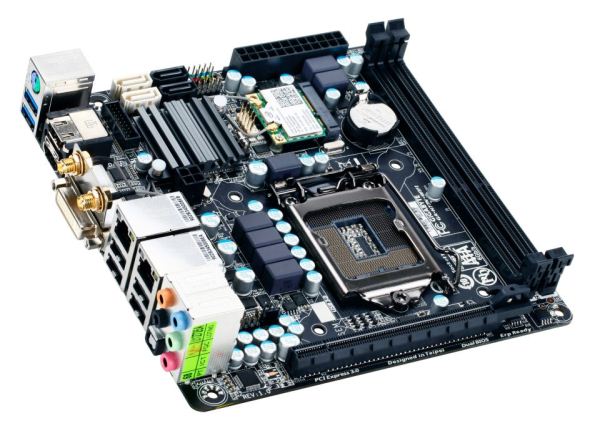

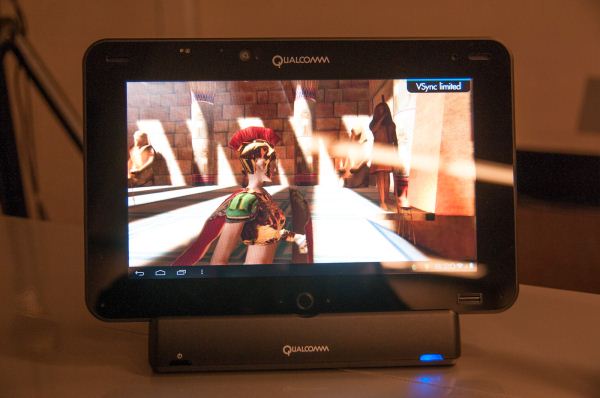

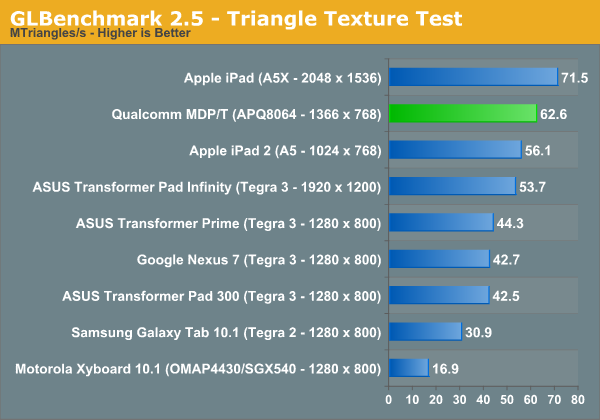
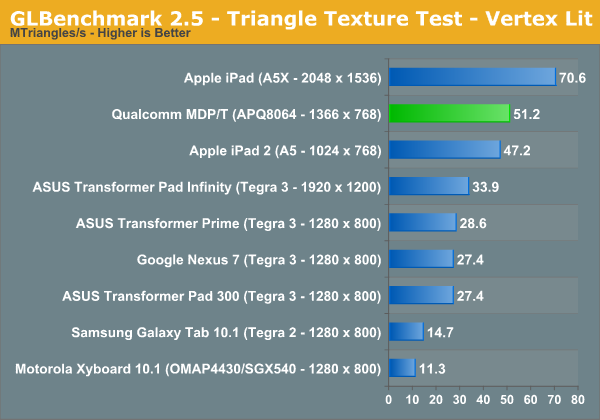
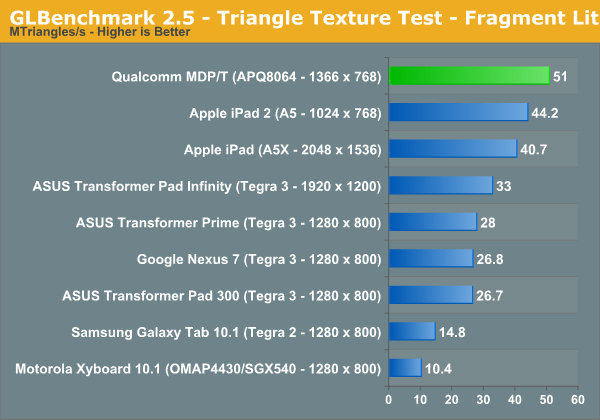
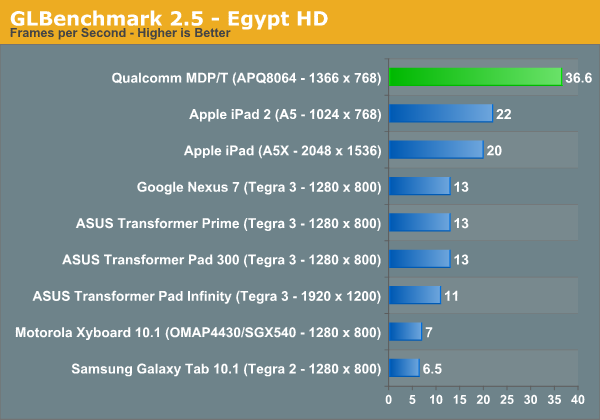
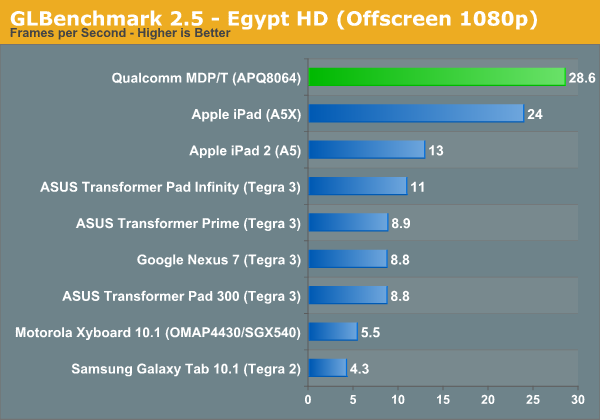

.jpg)


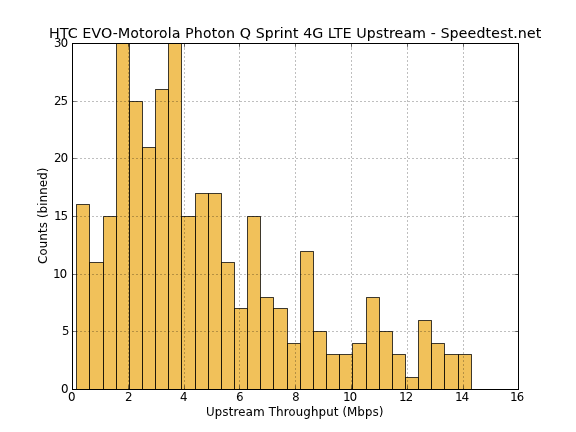
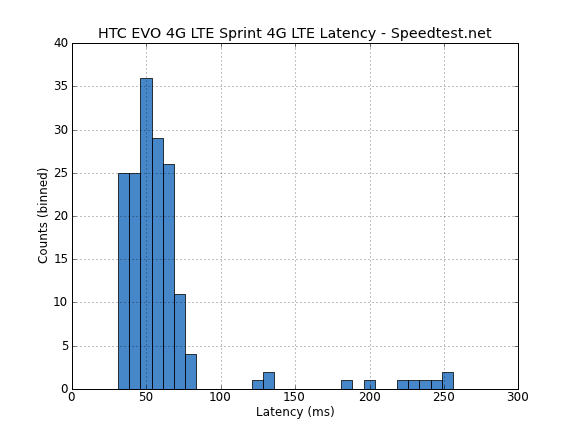
.jpg)
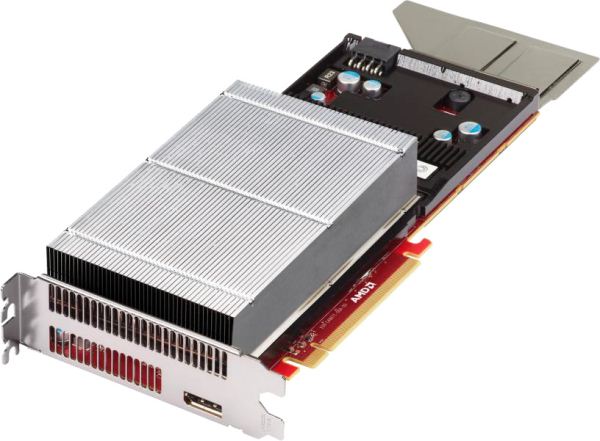
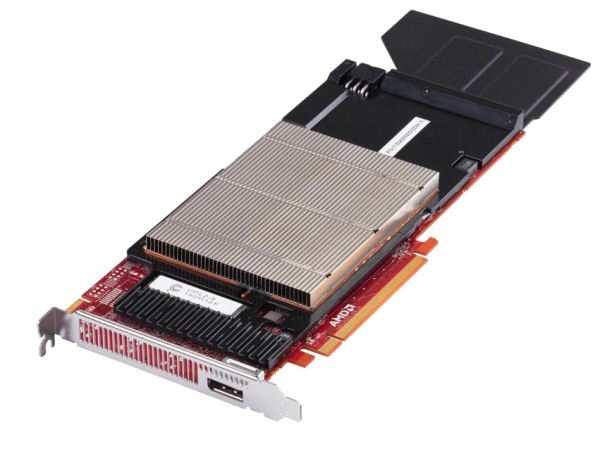
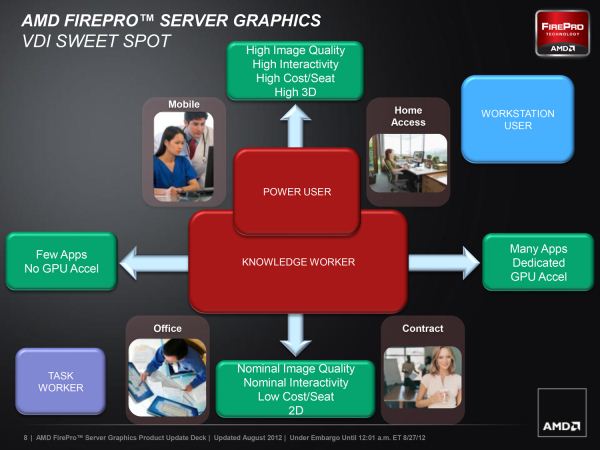

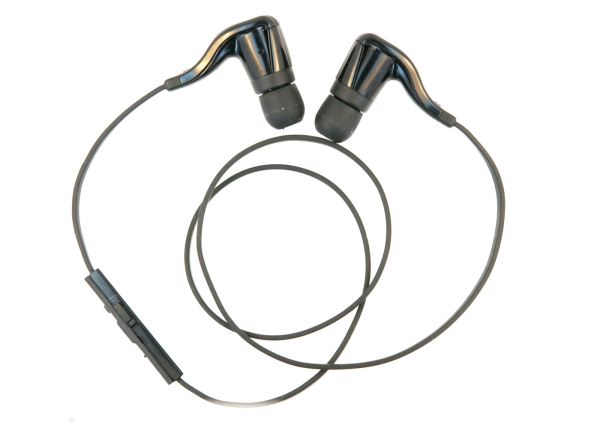
















Bookmarks